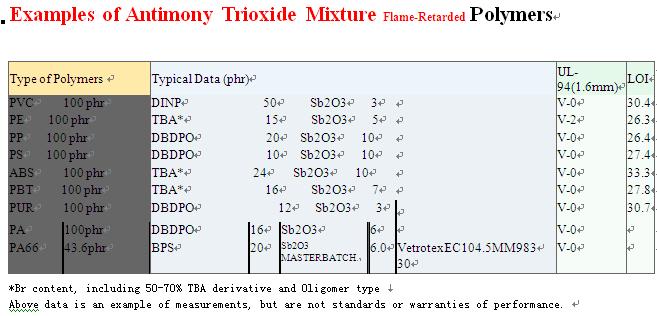Thursday, January 04, 2007
LME nickel ends 4% higher, copper down
London Metal Exchange nickel took the spotlight ahead of the long weekend to jump nearly 4% driven by bargain-hunting and year-end positioning Friday, with analysts expecting “holiday-thin” trading next week.
Three-month nickel held onto morning gains to rise nearly 4% on the previous PM kerb to a Friday PM kerb of $33,400/ton.
Nickel’s strength Friday is driven by bargain-hunting and year-end buying, said Michael Skinner of Standard Bank, with quiet pre-holiday trading exacerbating the gains.
Ongoing labor problems at projects in New Caledonia and delays to BHP Billiton’s Ravensthorpe project as well as a decrease in nickel stocks Friday morning have helped to support the market. According to the LME, nickel stocks fell 258 metric tons to 7,092 tons.
One trader said it is unlikely that nickel will trade below $30,000/ton in the near term as the 100-day moving average is now at $30,030/ton.
Elsewhere, three-month lead prices rallied over 2% on bargain-hunting and as LME warehouse stocks fell by 150 tons to 41,525 tons.
Meanwhile, three-month copper traded to a high of $6,430/ton before retreating to a PM kerb of $6,325/ton.
Copper prices look poor on the charts and are likely to head toward the $6,200/ton price level, where the metal should find some support, said Skinner.
In news, Zambia’s second leading copper and cobalt producer, Mopani Copper Mines, has suspended operations at two of its main shafts at its mine in Kitwe, Zambia’s copper belt, following flooding early this week, an industry official told Friday.
According to an official with Zambia’s ministry of mines and minerals development, MCM told the government that underground water pipes burst last week, flooding two mine shafts at the copper mine, which forced the company to suspend operations.
Next week, Skinner expects more of the same last-minute book-squaring in “holiday-thin” trading.
In looking ahead, Goldman Sachs in a recent report said expectations for a global economic slowdown in 2007 will likely moderate base metals demand in the coming year and lead to supply surpluses. Moreover, fewer supply disruptions are likely to add to supply surpluses next year, according to Goldman Sachs.
Three-month nickel held onto morning gains to rise nearly 4% on the previous PM kerb to a Friday PM kerb of $33,400/ton.
Nickel’s strength Friday is driven by bargain-hunting and year-end buying, said Michael Skinner of Standard Bank, with quiet pre-holiday trading exacerbating the gains.
Ongoing labor problems at projects in New Caledonia and delays to BHP Billiton’s Ravensthorpe project as well as a decrease in nickel stocks Friday morning have helped to support the market. According to the LME, nickel stocks fell 258 metric tons to 7,092 tons.
One trader said it is unlikely that nickel will trade below $30,000/ton in the near term as the 100-day moving average is now at $30,030/ton.
Elsewhere, three-month lead prices rallied over 2% on bargain-hunting and as LME warehouse stocks fell by 150 tons to 41,525 tons.
Meanwhile, three-month copper traded to a high of $6,430/ton before retreating to a PM kerb of $6,325/ton.
Copper prices look poor on the charts and are likely to head toward the $6,200/ton price level, where the metal should find some support, said Skinner.
In news, Zambia’s second leading copper and cobalt producer, Mopani Copper Mines, has suspended operations at two of its main shafts at its mine in Kitwe, Zambia’s copper belt, following flooding early this week, an industry official told Friday.
According to an official with Zambia’s ministry of mines and minerals development, MCM told the government that underground water pipes burst last week, flooding two mine shafts at the copper mine, which forced the company to suspend operations.
Next week, Skinner expects more of the same last-minute book-squaring in “holiday-thin” trading.
In looking ahead, Goldman Sachs in a recent report said expectations for a global economic slowdown in 2007 will likely moderate base metals demand in the coming year and lead to supply surpluses. Moreover, fewer supply disruptions are likely to add to supply surpluses next year, according to Goldman Sachs.
Subscribe to:
Post Comments (Atom)
Examples of Antimony Trioxide Mixture Flame-Retarded Polymers








0 comment:
Post a Comment